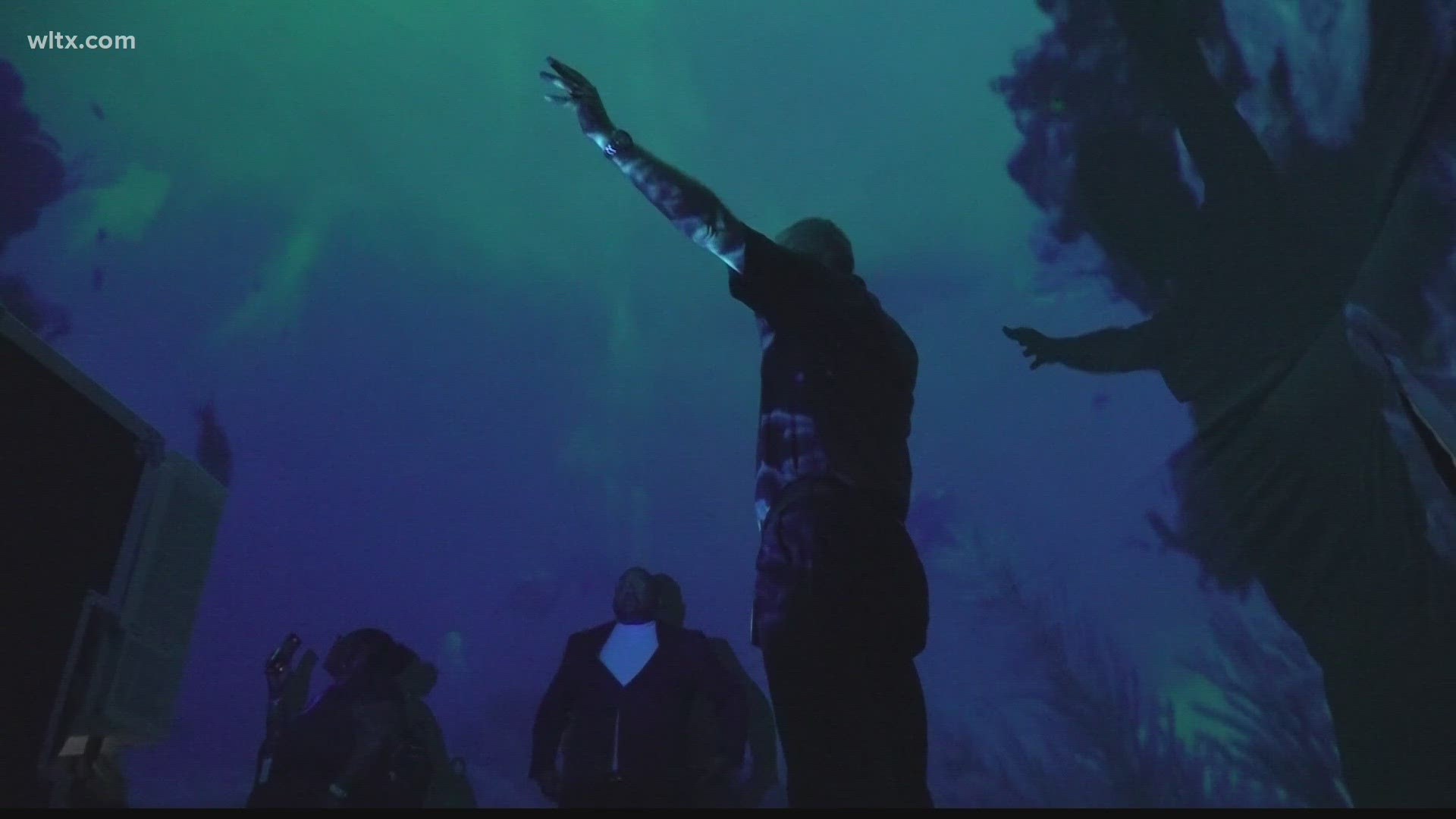SUMTER, S.C. — A mobile planetarium in Sumter was unveiled today. It’s expected to travel to different Sumter School District schools throughout the county. The pop-up StarLab will allow students to learn about astronomy, history, geology and biology.
“The future is bright for the kids,” Wayne Woods says.
Just like stars in the night sky, which is something students will be able to see at the new StarLab.
Woods is a step-parent to a rising middle schooler who will have access to the planetarium.”
“They’re going to be overwhelmed,” he smiles, thinking about the reaction he’s expecting when kids get to see this lab in person at the start of the school year.
“Two years in the making, but it's come to fruition and we’re just ecstatic,” Sumter Education Foundation Chairwoman Patty Patterson shares. “It’s a great opportunity for young people, for our teachers, for our community.”
The foundation donated the StarLab to the district.
“It being able to be mobile and go to the students and go to the community. Just makes all the difference in the world,” Patterson shares. “Knowledge is power. And, you know, it's just like when you read books, they can take you to places and adventures unforeseen.”
It’s a comparison that Woods made, remembering his time growing up in school.
We had probably a storybook to read or we probably had a dictionary or we probably had to look up our answers and now you got Google, you got so much stuff to do.”
The planetarium uses a digital projector to display the night sky.
“I think it will be a better look for the kids,” Woods says. “It makes me feel like kids are doing better now. The world’s shaping up to be a better place.”
And a customized program will offer lesson plans for different grade levels that the school district says are in line with South Carolina state standards, which is a new way of learning that Superintendent William Wright thinks will pay off.
“We’ve got to prepare children for the world. And so the world requires continued experiences, exploration and opportunities so that children can grow and reach their fullest potential,” Wright says. “So we see this as just one example of work that communities can do together to make sure that our children get the best. So that's just really what it's all about.”
The StarLab stands over 16 feet tall and is about 1,300 square feet on the inside.
“It's able to be a hands-on tool that the students can actually engage in, they can experience it as they're in that SkyLab and they're looking at the planetarium and they're seeing the stars and, you know, all of those things,” Patterson says. “So with this, it's tangible with hands on and it can actually put them in a different environment to have a wonderful and exciting and innovative experience.

